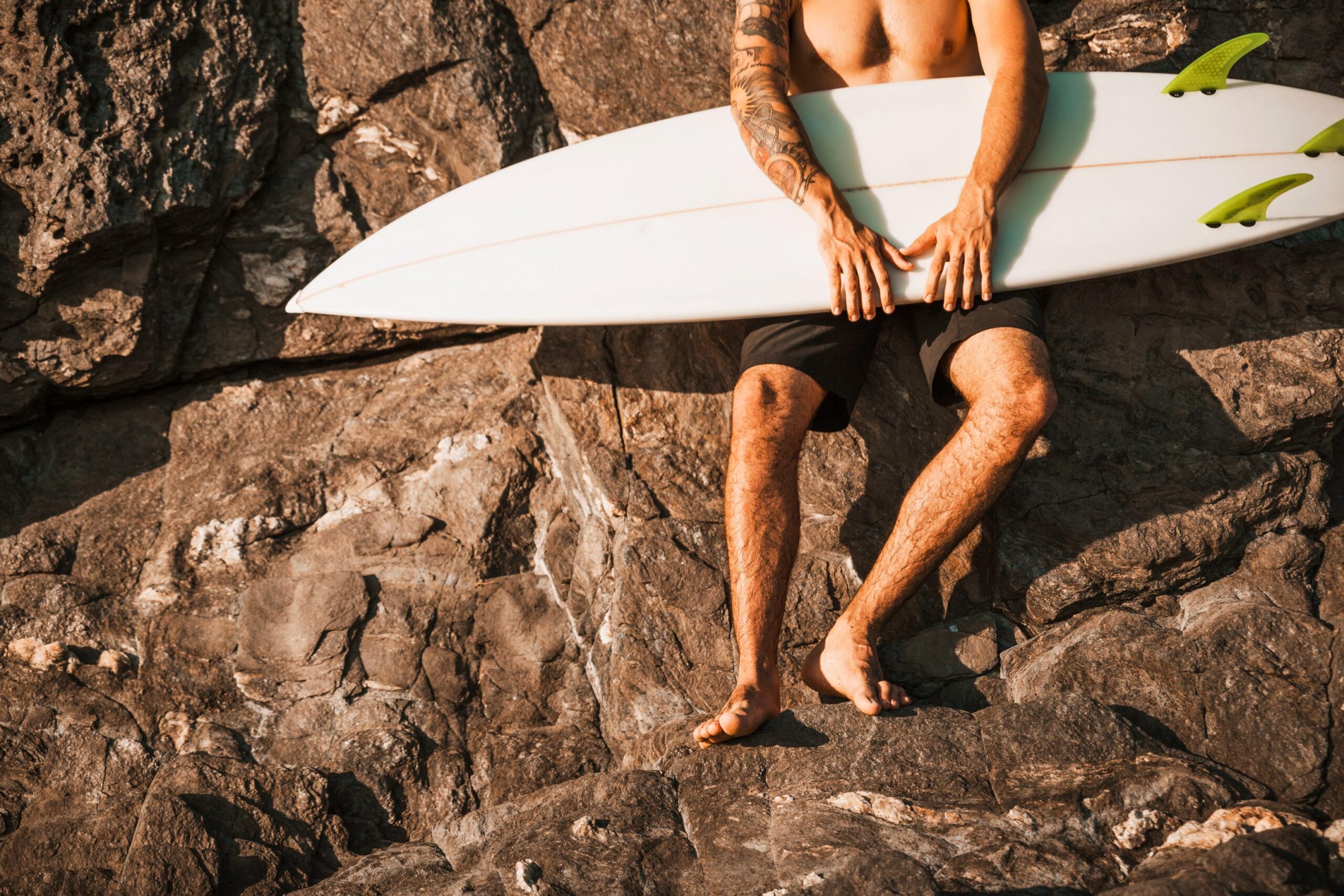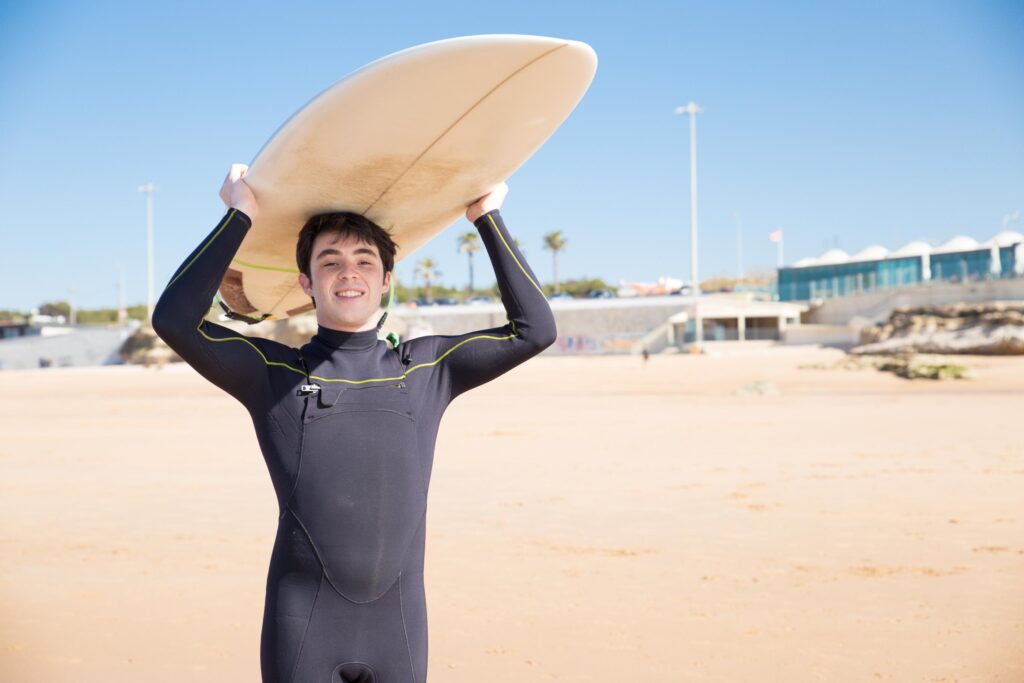Surfing is more than an activity. It’s a way of life that binds people to nature’s tempo. Whether you’re a veteran wave rider or just starting, using the proper equipment can significantly enhance your surfing experience.
Your choices will impact not only your surfing performance but also your overall comfort and safety on the water.
In this article, we’ll explore the clothing you should wear when surfing, revealing the basics based on the weather, the temperature of the water, and your individual requirements. In the end, you’ll have the information you need to prepare well for the next time you go surfing.
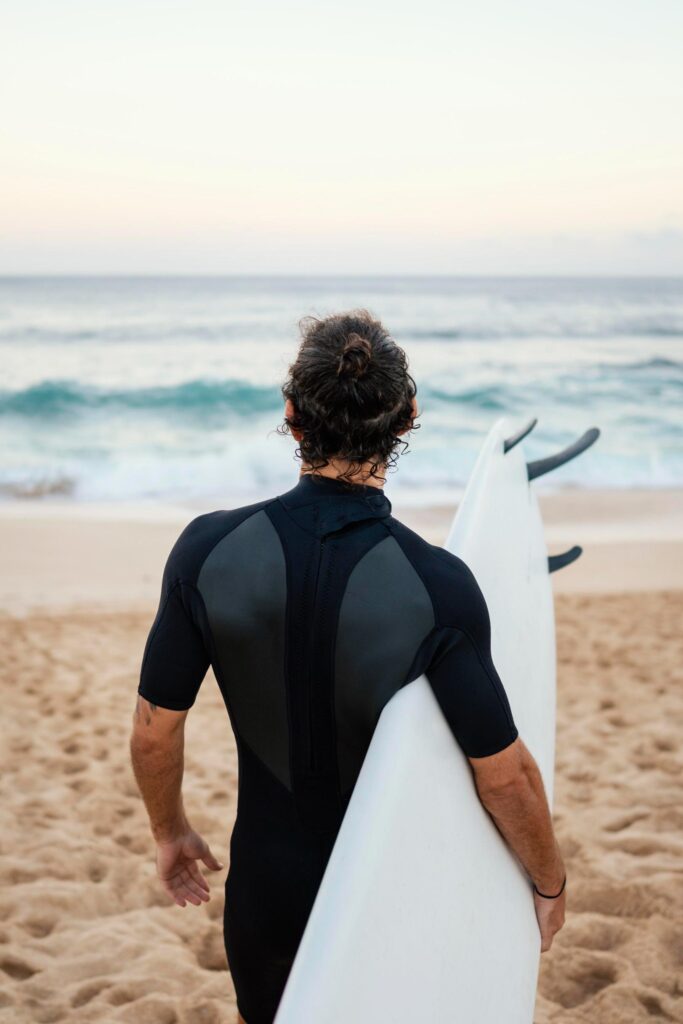
The Importance of Proper Surfing Attire
Imagine yourself out in the water, waiting to take on an ideal wave. However, your unfitting wetsuit is making you itch, and you’re sweating from the frigid cold. Wearing a surf suit is more than just appearance.
It’s about performance and the comfort of your body. It offers thermal protection, shields your skin from damaging UV rays, and also prevents scratches from the board.
The right gear for surfing is about understanding the conditions in which you live and the needs of your body. Let’s break it into different groups:
Surfing in Warm Water: The Minimalist Approach
For surfers who live in hot or tropical conditions, less can be more. Warm water typically ranges from 70degF (21degC) and up, so thermal insulation doesn’t matter.
- Boardshorts or Swimwear: A high-quality pair of board shorts is the preferred option for a large number of surfers. Built for durability and flexibility of movement, they’re great for paddling and riding waves. Women might like bikinis that have straps that are secure or single-piece swimming suits designed for water sports to avoid wear and tear in the rough surf.
- For rash guards, even in hot water, a rash protector is essential. Made of stretchy and light fabric, it offers protection against sunburn and chafing on your board. Consider options that come with UPF (Ultraviolet Protection Factor) ratings to increase sun protection.
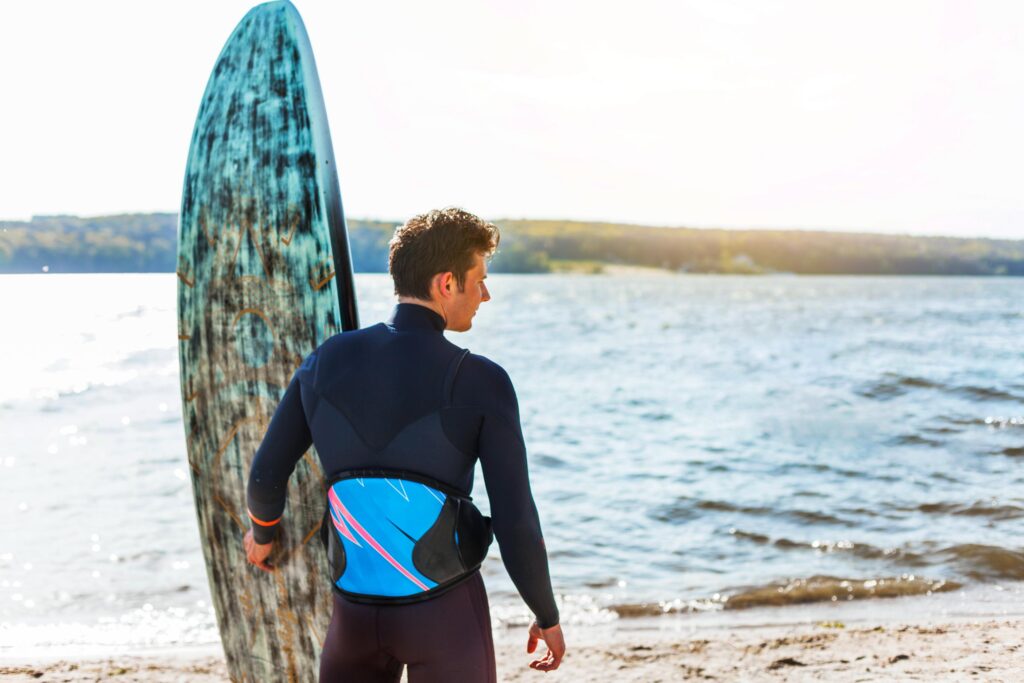
Surfing in Cold Water: Prioritizing Warmth and Protection
Surfing in cold water isn’t for the faint of heart. If you have the right equipment, you can stay warm and enjoy the waves all year long.
The term “cold water” is typically defined as temperatures of less than 70degF (21degC), and there are additional factors to consider for icy conditions of less than 50degF (10degC).
- Wetsuits A fundamental part of cold-water surfing equipment A wetsuit offers thermal insulation by capturing the water in a thin layer between you and your suit. The water is heated by your body’s heat, creating an insulator against cold.
- Thickness is Important: Wetsuits are categorized by thickness. Usually, they are measured as millimeters (e.g. 3/2mm or 5/4mm). The first number is how thick the body and the other is for the legs and arms. If you are experiencing mild temperatures, a 3/2mm suit is ideal, whereas extreme cold might require 5/4mm or thicker suits.
- Zippers and Seams: Opt for sealed or taped seams that will stop water from entering the suit. Zippers on the back or chest are based on your personal preference. However, chest zips usually make a better seal to keep colder water out.
- Gloves, Boots and Hoods The accessories listed above are crucial in cold weather where the extremities lose heat fast.
- Boots Surf boots made of Neoprene keep your feet warm and safe from sharp rocks or the reef.
- Gloves: Neoprene gloves improve the grip of the board and help keep your hands in good shape in cold water.
- Hoods Neoprene-lined hoods safeguard your head, ears and neck from freezing in the cold, making it essential to keep your body temperature stable.
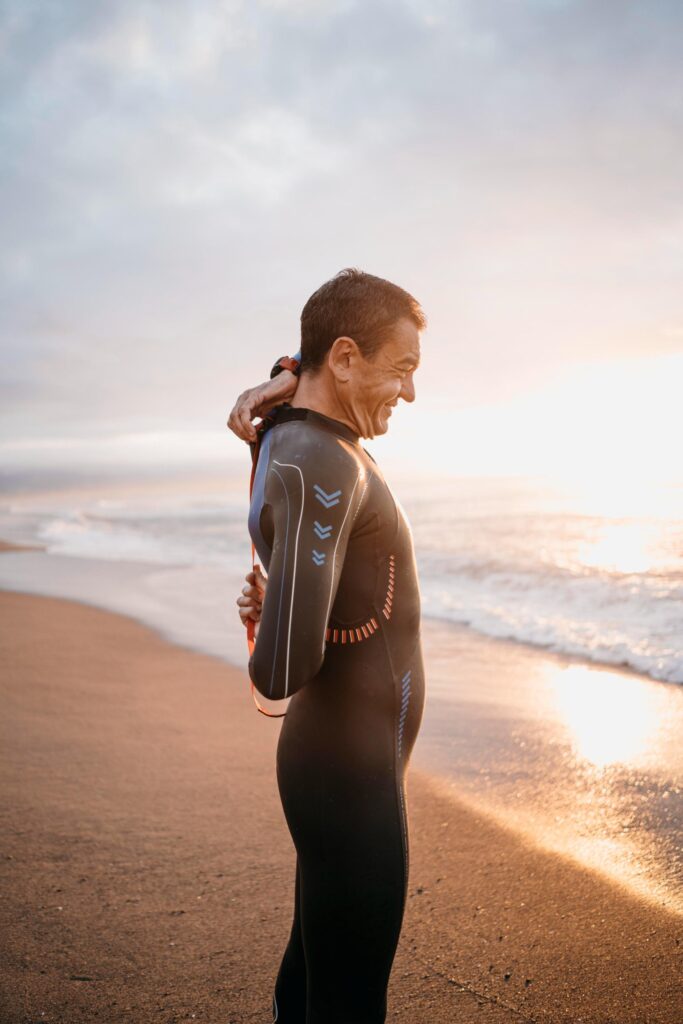
Accessories for All Conditions: Enhancing Comfort and Safety
No matter the temperature of the water, the right accessories can help make surfing more secure and enjoyable.
- Web Hats: Protecting your neck and face against UV radiation is as important as protecting yourself from the cold. Surf hats that have chin straps are safe during wipeouts and provide shade.
- Sunglasses These sunglasses have been designed to be floaty and protect against the effects of saltwater. Polarized lenses cut down on the glare and allow more visibility on sunny days.
- Leash Although it isn’t technically appropriate for surfing, a leash is vital to keep you in touch with your board. Pick a leash length that is appropriate to the size of your board to ensure optimal performance.
- Traction Pads and Wax: Again, not clothes, but they are essential to improve how you hold the boards and assist you in keeping you in balance.
Sustainable Choices: Eco-Friendly Surfing Gear
As awareness of the environmental impacts increases, more surfers are opting for sustainable gear choices. Find wetsuits made of recyclable materials or natural rubber and select eco-friendly brands that focus on recycling.
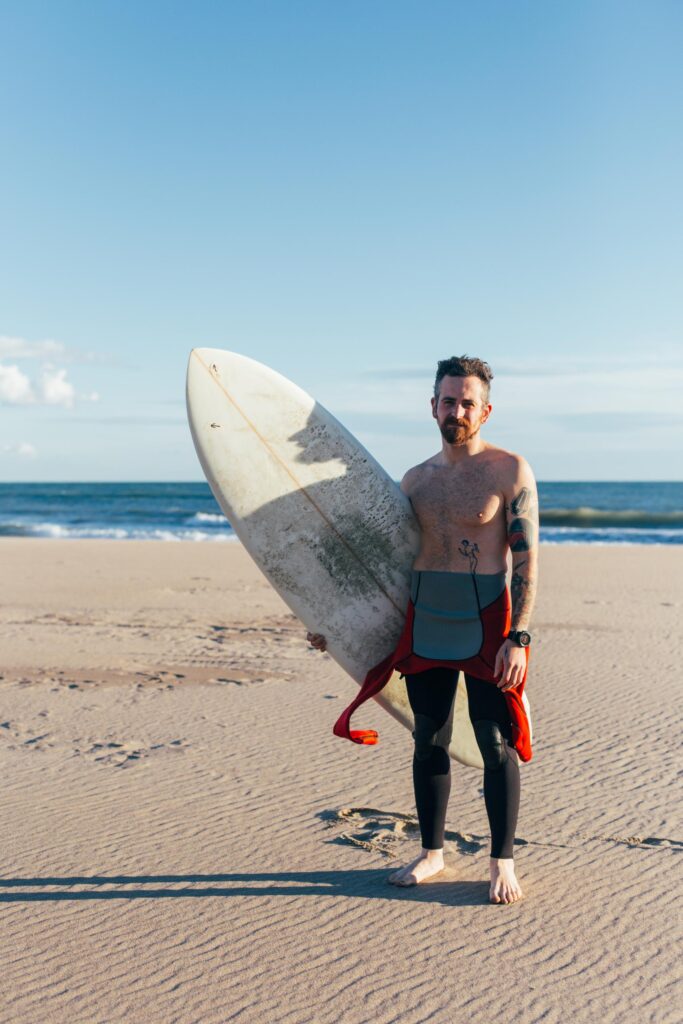
Key Tips for Choosing the Right Surfing Gear
- Fit is everything: Whether it’s board shorts or a wetsuit, an elongated fit guarantees that your equipment is performing the purpose it was designed to serve. The loose fit of wetsuits allows cold water to get in and out, defying the purpose, while tight gear could hinder movement.
- Test Before Surfing: Always try your gear before hitting the waves. Move your legs, arms and torsos to check for elasticity and comfort.
- Spend your money on quality: Surfing gear can cost a lot, but investing in quality products ensures longevity and efficiency. The cheaper alternatives could be worn out in a short time or not provide enough security.
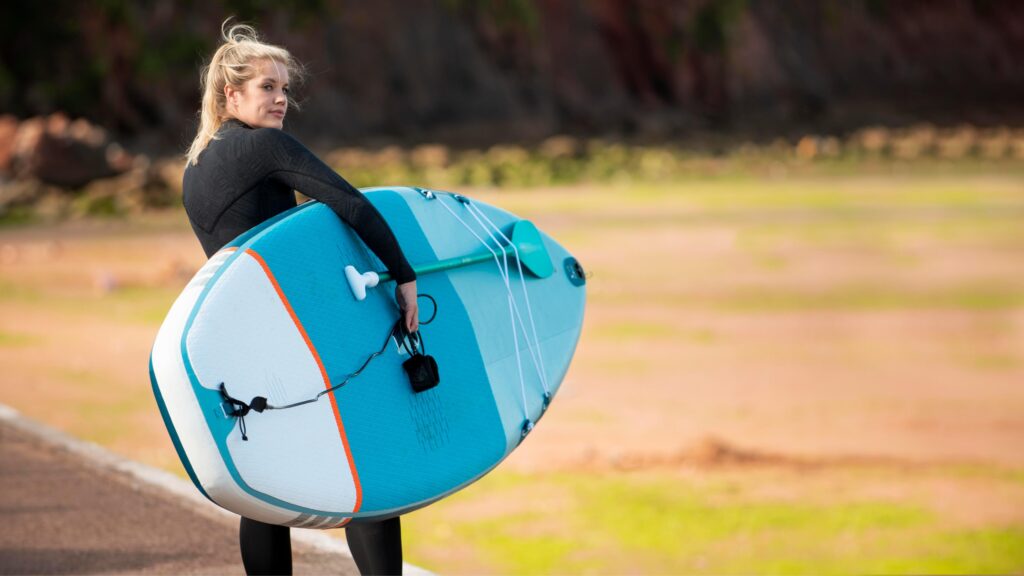
Conclusion The best advice is to ride the Waves with confidence
Surfing is a unique combination of skills and a connection to nature and individual expression. Selecting the appropriate attire is an integral element of the experience, making sure you are at ease, secure, and wholly involved in the thrill of surfing.
No matter if you’re basking in the sun’s sunshine or swimming through icy water, the gear you choose to wear should be in sync with your surroundings, as well as your ability and your personal fashion.
Be aware that appropriate surf attire doesn’t only mean keeping up with the latest trends; it’s about improving your performance and getting the most out of your time on the ocean.
When choosing your equipment, be aware of the water’s temperature, your surfing habits, and the level of protection your body requires. If you are unsure, ask your fellow surfers or professional experts to help you make the right choice.
When you’re equipped with the necessary equipment and information and equipment, you’re laying the foundation for endless unforgettable adventures in the surf. Don’t hesitate to dress up and paddle out to take on the endless adventures that surfing can bring!

